Coating Materials for Electronic Applications —— Polymers, Processing, Reliability, Testing
----- 电子应用涂层材料:聚合物、加工、可靠性与测试
This first book in the Materials and Processes for Electronics Applications series answers questions vital to the successful design and manufacturing of electronic components, modules, and systems such as: - How can one protect electronic assemblies from prolonged high humidity, high temperatures, salt spray or other terrestrial and space environments? - What coating types can be used to protect microelectronics in military, space, automotive, or medical environments? - How can the chemistry of polymers be correlated to desirable physical and electrical properties? - How can a design engineer avoid subsequent potential failures due to corrosion, metal migration, electrical degradation, outgassing? - What are the best processes that manufacturing can use to mask, clean, prepare the surface, dispense the coating, and cure the coating? - What quality assurance and in-process tests can be used to assure reliability? - What government or industry specifications are available? - How can organic coatings be selected to meet OSHA, EPA, and other regulations? Besides a discussion of the traditional roles of coatings for moisture and environmental protection of printed circuit assemblies, this book covers dielectric coatings that provide electrical functions such as the low-dielectric-constant dielectrics used to fabricate multilayer interconnect substrates and high-frequency, high-speed circuits. Materials engineers and chemists will benefit greatly from a chapter on the chemistry and properties of the main types of polymer coatings including: Epoxies, Polyimides, Silicones, Polyurethanes, Parylene, Benzocyclobenzene and many others.
{{comment.content}}
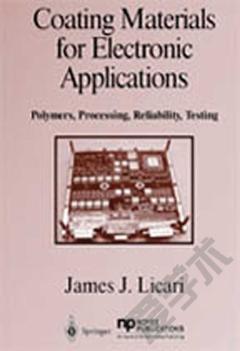
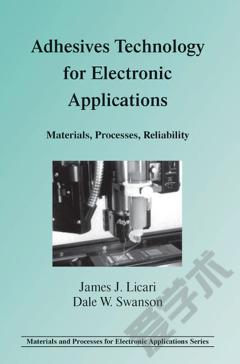
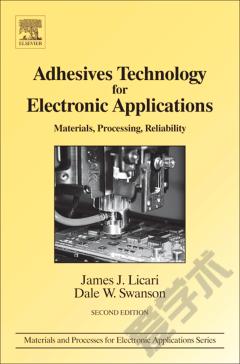
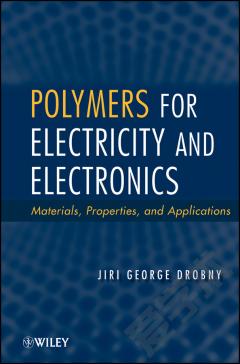
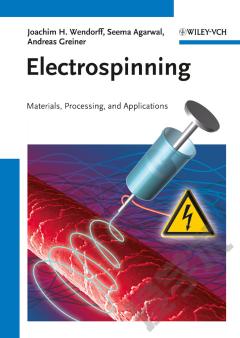
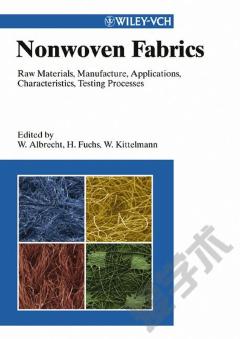
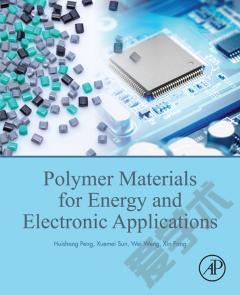

 京公网安备 11010802027623号
京公网安备 11010802027623号